MERV (Minimum Efficiency Reporting Value) Ratings and Filters
You generally cannot place a True HEPA filter in your air furnace because of the flow restriction would place too heavy a load on the blower unit. But you can get a higher efficiency MERV filter that can give some of the benefits of better filtration and indoor air quality without unnecessarily straining the HVAC unit or restricting the air flow.
But to get a good balance between clean air and not damaging your HVAC unit, consult with an air conditioning professional and / or consult with the manufacturer regarding the recommended MERV filter range that can be used in your particular model. Also, the higher your MERV rating, the more often you may have to check and/or change it as it will tend to clog faster.
It is important that the MERV rated filter has a good seal all the way around inside the filter chamber because any gaps allow blowby. This is a condition which allows unfiltered air to bypass the filter around the edges. Using adhesive weatherstripping to seal any gaps is helpful. The cheaper thin (1″) filters have a problem with physical buckling under high air velocity and allows unfiltered air to leak by so use a 4″ thick filter where possible.
MERV ratings are numbers that generally measure the quality of an air filter, but can be hard to understand without some context and this chart is a handy reference.
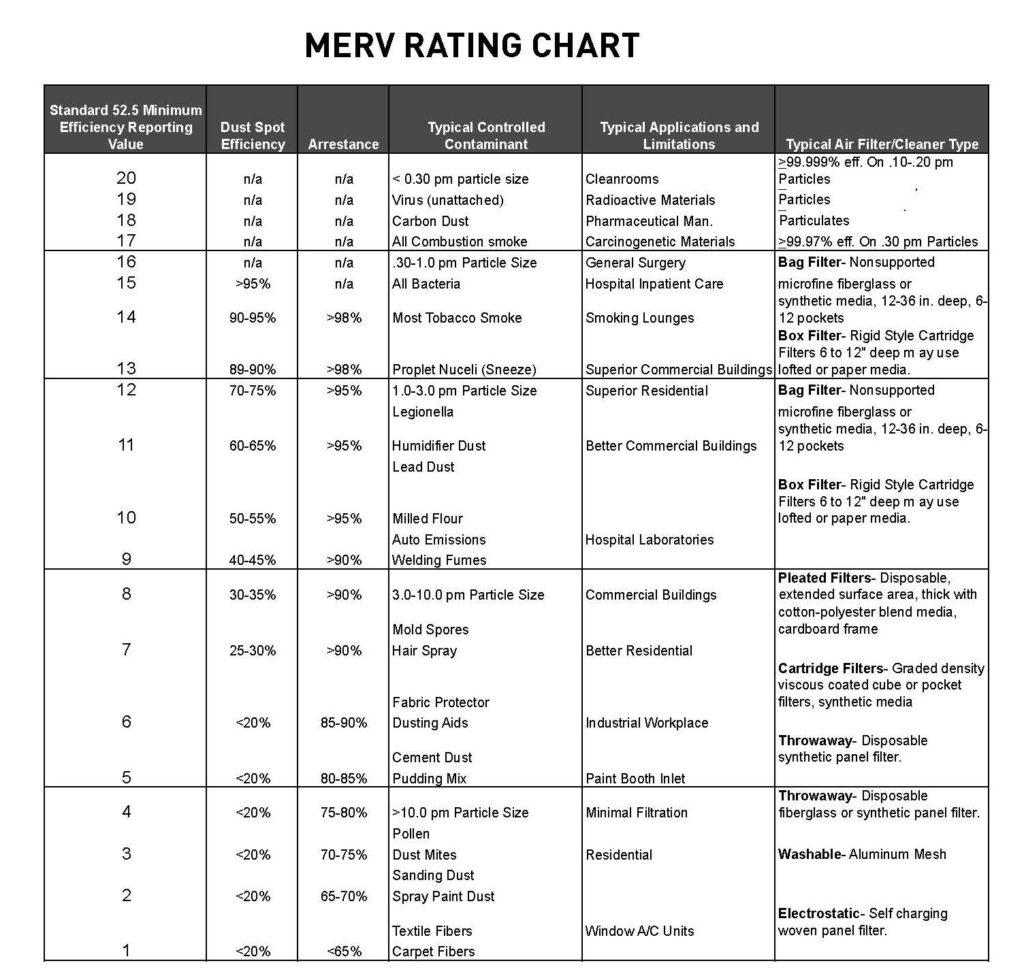
MERV Rating Chart with application comparisons *Note – the pm size designations listed should be in um or microns
The MERV rating is a filter standard established by ASHRAE (American Society of Heating, Refrigerating and Air-Conditioning Engineers) but when you shop for a filter online, you may also find references to MPR and FPR.
MPR (Micro-Particle Performance Rating) is a standard used by 3M (notably the Filtrete series) that rates filter performance with respect to the ability to screen out sub-micron (less than 1 um) particles, but can be confusing when comparing to MERV. Note that less than a micron is on the low end of the PM2.5 Fine particle range as designated by the EPA. (0.5 – 2.5 microns)
FPR (Filter Performance Rating) works a little like MERV numbers (but on a 4 – 10 color coded scale) developed by Home Depot for filters they sell including Honeywell.
To get a relatively close comparison, the following chart may be useful when shopping for a more suitable HVAC filter.
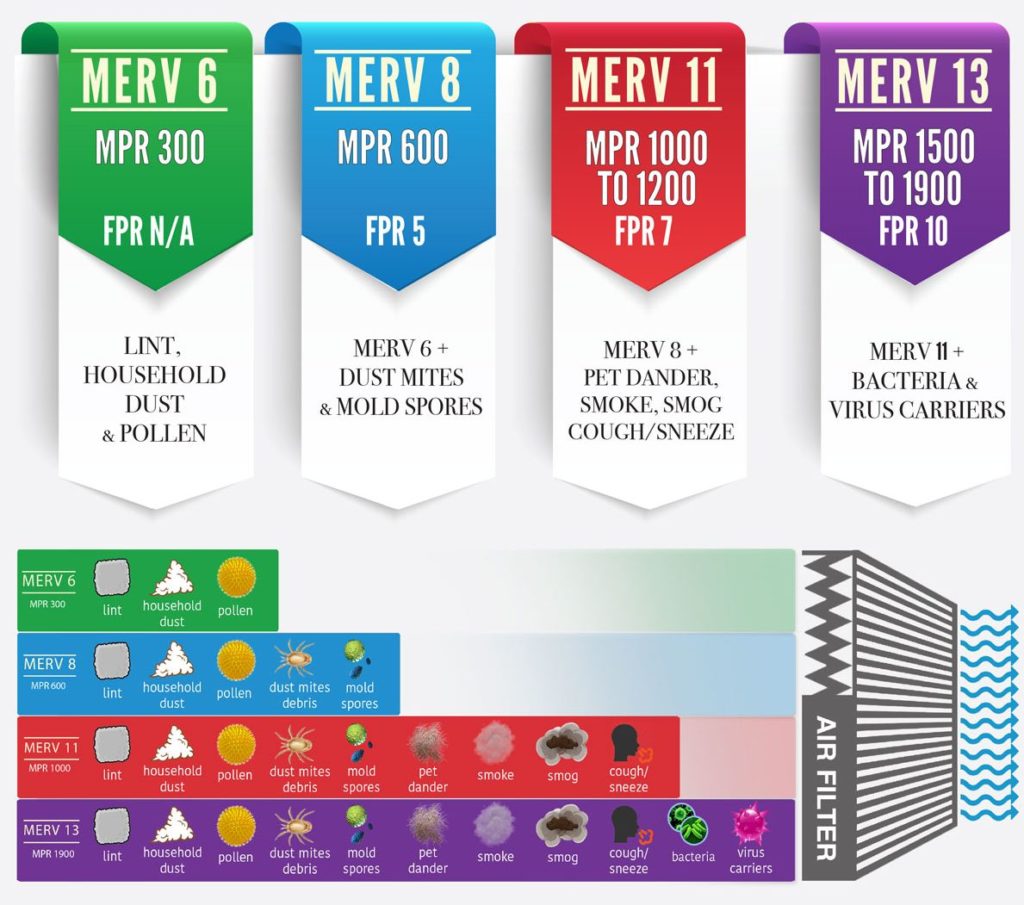
MERV MPR FPR Ratings Compared and Explained from www.airfiltersdelivered.com (not endorsed by ScanTech)
While this chart is useful, it is not guaranteed to completely stop all of the biological and inorganic contaminants that are listed. Your mileage may vary.
https://www.nafahq.org/merv-filter-models/
WHO IS A CERTIFIED EMF CONSULTANT NEAR ME?
ScanTech Technical Consulting is owned and operated by Joel-Anthony Gray who has over 22 years of experience as an EMF consultant, EMI troubleshooting expert and nuclear radiation testing consultant for a variety of commercial and industrial customers. While there is currently no such thing as a Certified EMF Consultant as far as the United States industrial and scientific community at large is concerned, what ScanTech offers is extensive education, experience and multiple certifications in non-ionizing radiation, industrial safety and hygiene. (listed here EMF Credentials) He holds numerous degrees and certifications which qualify him for this level of expertise. Call 214.912.4691
WHO DOES ELECTROMAGNETIC FIELD TESTING NEAR ME?
ScanTech Technical Consulting professional commercial electromagnetic field testing and radio frequency testing in the Dallas – Fort Worth Texas area to detect and measure exposures and health risks (if any) to electromagnetic fields and radiation. Call 214.912.4691
WHO OR WHAT COMPANY DOES EMF TESTING NEAR ME?
ScanTech Technical Consulting professional commercial electromagnetic field testing and radio frequency testing in the Dallas – Fort Worth Texas area to detect and measure exposures and health risks (if any) to electromagnetic fields and radiation. Call 214.912.4691
WHO OR WHAT COMPANY DOES RADIO FREQUENCY (RF) & CELLULAR RADIATION (5G) TESTING NEAR ME?
ScanTech Technical Consulting provides commercial radio frequency (RF) testing in the Dallas – Fort Worth Texas area to detect and measure exposures to all forms and frequencies of radio frequency radiation. Call 214.912.4691
WHO OR WHAT COMPANY DOES PACEMAKER EMI TESTING AND ELECTRICAL INTERFERENCE SURVEYS FOR IMPLANTED BIOMEDICAL DEVICES NEAR ME?
ScanTech Technical Consulting provides professional EMI testing for pacemakers and other biomedical implants throughout the United States to detect and measure exposures to all forms of interference from electromagnetic radiation. Call 214.912.4691
WHO OR WHAT COMPANY DOES RF RADIO FREQUENCY CELL TOWER TESTING NEAR ME?
ScanTech Technical Consulting provides commercial cellular testing in the Dallas – Fort Worth Texas area to detect and measure exposures to all forms of RF. Call 214.912.4691
WHO OR WHAT COMPANY DOES ELECTROMAGNETIC RADIATION TESTING NEAR ME?
ScanTech Technical Consulting provides commercial radio frequency (RF) testing in the Dallas – Fort Worth Texas area to detect and measure exposures to all forms of electromagnetic radiation. Call 214.912.4691
WHO OR WHAT COMPANY DOES ELECTRICAL INTERFERENCE TESTING NEAR ME?
ScanTech Technical Consulting provides professional radio frequency (RF) testing in the Dallas – Fort Worth Texas area to detect and measure exposures to all forms of electromagnetic radiation. Call 214.912.4691
WHO OR WHAT COMPANY DOES NUCLEAR RADIOACTIVITY AND RADIATION TESTING NEAR ME?
ScanTech Technical Consulting provides professional radioactivity testing in the Dallas – Fort Worth, Houston, Austin and San Antonio areas of Texas to detect and measure exposure to ionizing, nuclear or atomic radiation. Call 214.912.4691
WHO OR WHAT COMPANY DOES DALLAS AREA PHOTOMETRIC LIGHTING SURVEYS OR EXTERIOR LIGHTING STUDIES NEAR ME?
ScanTech Technical Consulting provides professional photometric testing in the Dallas Texas area for commercial clients to help pass lighting ordinances for their Certificate of Occupancy. Call 214.912.4691
WHO OR WHAT COMPANY DOES ESD / ELECTROSTATIC DISCHARGE TESTING NEAR ME?
ScanTech Technical Consulting provides ESD testing in the Dallas – Fort Worth, Austin, San Antonio and Houston Texas area to evaluate, measure and perform Electrostatic Discharge testing and consulting for sensitive environments. Call 214.912.4691
We often serve clients in Texas, Michigan and Iowa. Cities for onsite commercial testing and inspection services include: Plano, Highland Park, University Park, Park Cities, Las Colinas, Arlington, Fort Worth, Houston, Austin, San Antonio, Shreveport, Grapevine, Frisco, Denton, McKinney, Allen, Lewisville, Irving, Mesquite, Bedford, Euless, Richardson, Coppell, Grand Prairie, Garland, Addison, Farmers Branch, Rockwall, Carrollton, Parker, Rowlett, Lucas, Fairview, Park Cities, Keller, Roanoke, The Colony, Highland Village, Lake Dallas, Corinth, Prosper, Duncanville, Lancaster, Rowlett, Royse City, Princeton, Trophy Club, Southlake, Hurst, Round Rock, Georgetown, San Marcos, Cedar Park, The Woodlands and Spring. Counties served include Dallas, Collin, Denton, Tarrant, Rockwall, Harris and Travis County.
LARGER COMMERCIAL PROJECT SERVICE RANGE – NATIONAL & INTERNATIONAL
Alabama | Alaska | Arizona | Arkansas | California | Colorado | Connecticut | Delaware | Florida | Georgia | Hawaii | Idaho | Illinois | Indiana | Iowa | Kansas | Kentucky | Louisiana | Maine | Maryland | Massachusetts | Michigan | Minnesota | Mississippi | Missouri | Montana | Nebraska | Nevada | New Hampshire | New Jersey | New Mexico | New York | North Carolina | North Dakota | Ohio | Oklahoma | Oregon | Pennsylvania | Rhode Island | South Carolina | South Dakota | Tennessee | Texas | Utah | Vermont | Virginia | Washington | West Virginia | Wisconsin | Wyoming | Washington D.C. (District of Columbia)
Major US Cities: Chicago, Detroit, Phoenix, Denver, Salt Lake City, Miami, Grand Rapids, Lansing, Nashville, Memphis, Atlanta, Charleston, Raleigh-Durham, Charlotte, Des Moines, Milwaukee
Countries served include the United States, Canada, Australia, New Zealand the UK / United Kingdom (England, Scotland, Wales, Ireland) and Western Europe.
*LEGAL NOTICE*
All information on this website either written or implied is the express opinion of ScanTech Technical Consulting. ScanTech Technical Consulting and it’s owners are not responsible or liable for any damages arising from the misuse, misinterpretation or other consequences of the content of this website either in part or in whole. This includes all external weblinks, PDF documents, photos or other references (informational or otherwise) to 3rd parties including government agencies, health organizations, etc.
15770 Dallas Pkwy Suite # 900 Dallas, TX 75248 (Not Accepting Visitors due to C19)
Phone: (214).912.4691 https://emfsurvey.com
ScanTech Technical Consulting: Professional Electromagnetic EMF Consulting / EMI Testing for Biomedical Implant & Equipment, Indoor Air Quality (IAQ) Testing & Environmental Studies and Inspections
COPYRIGHT 2002 – 2024

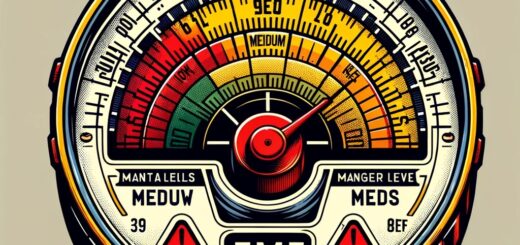
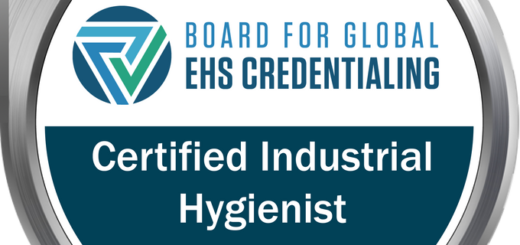
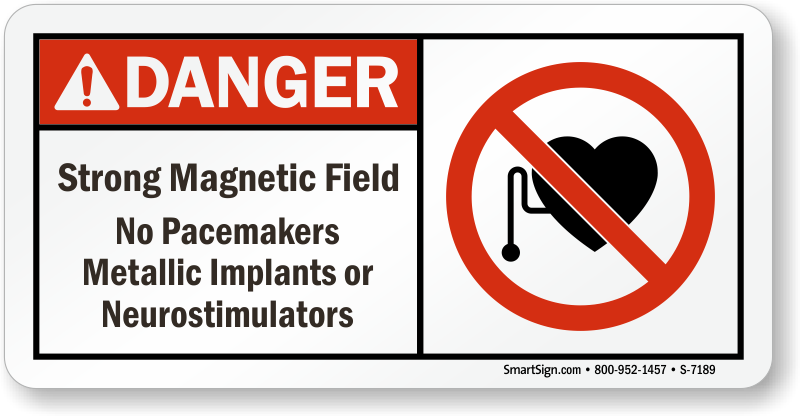

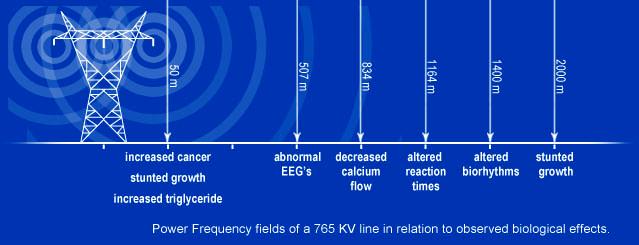
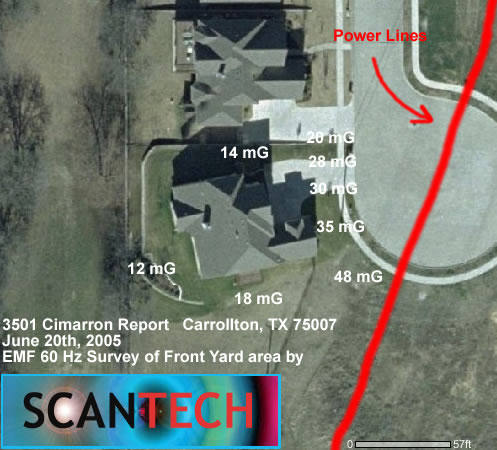
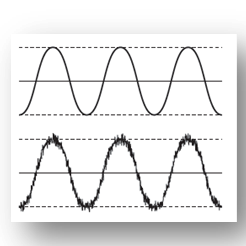
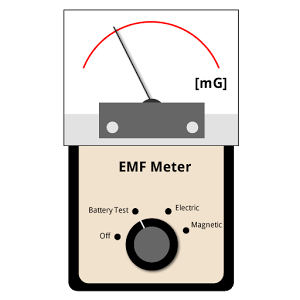
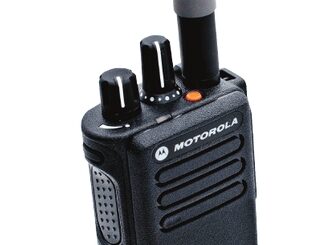


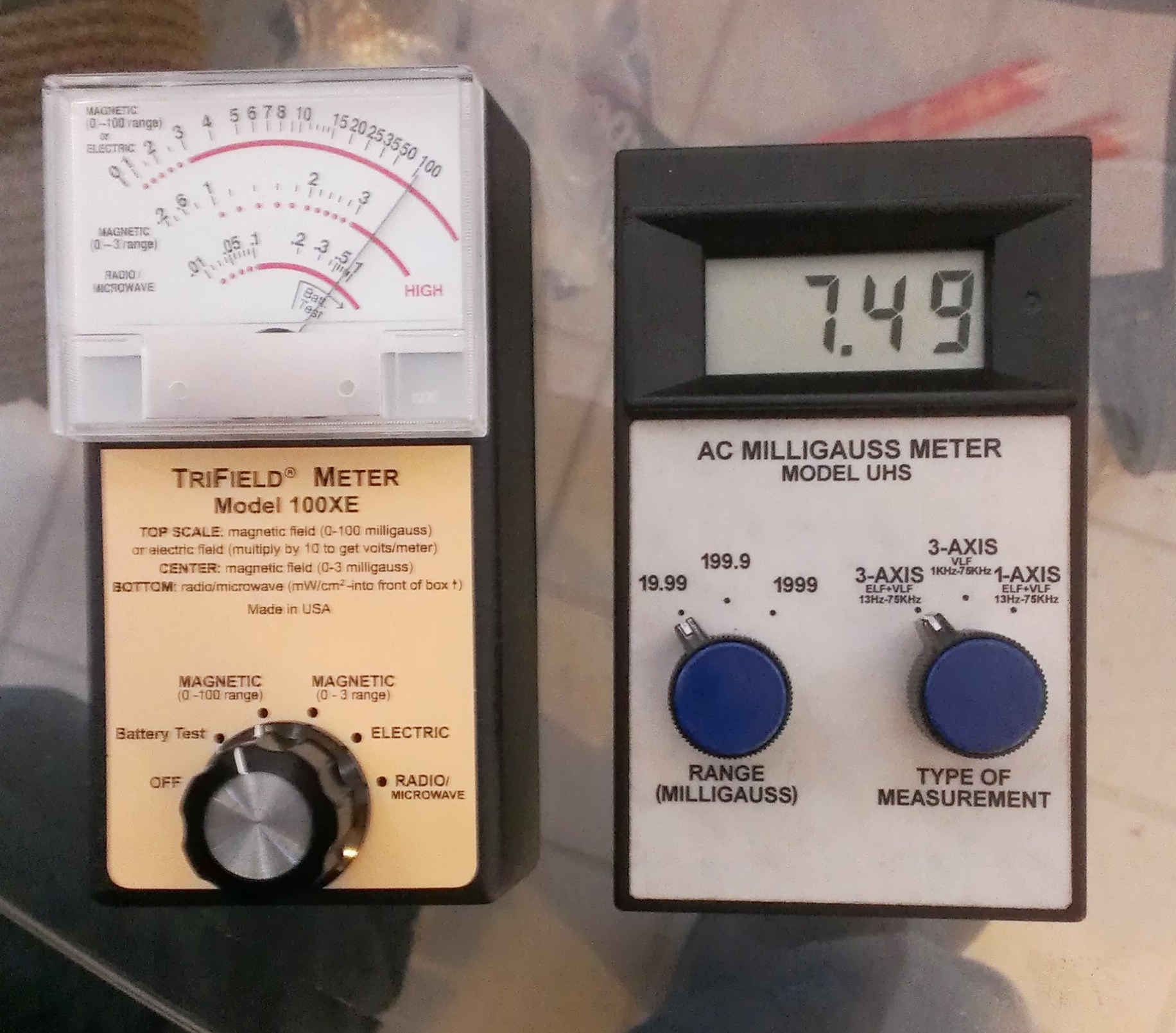
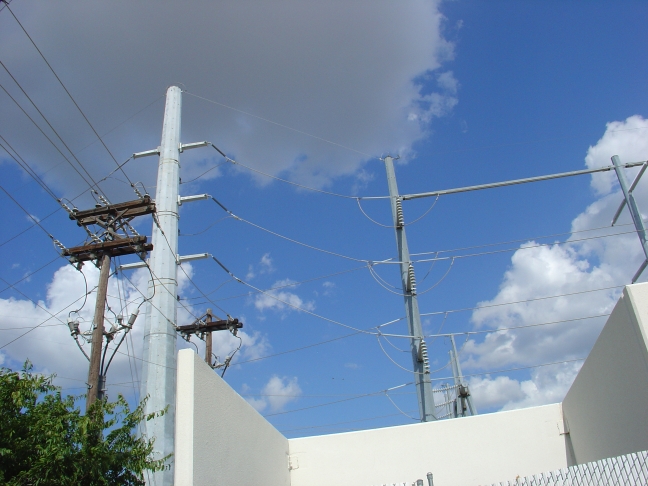
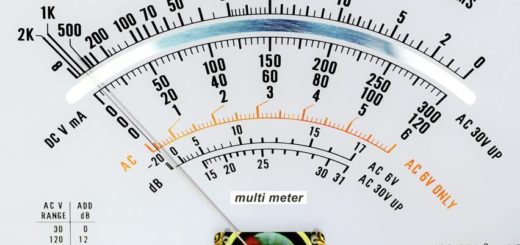
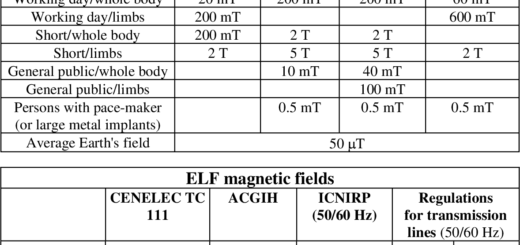

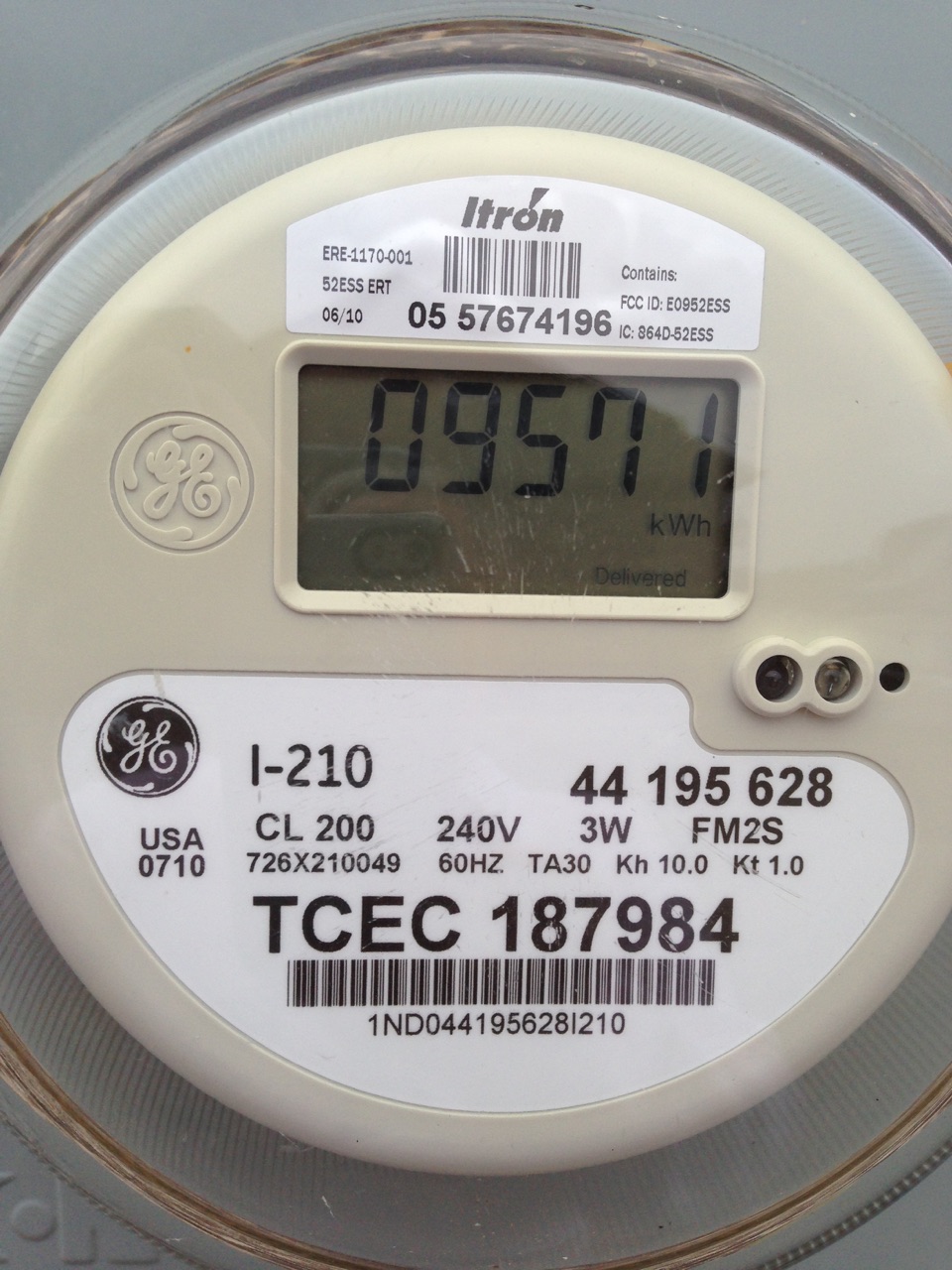



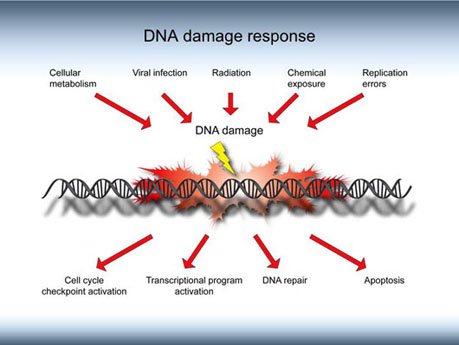
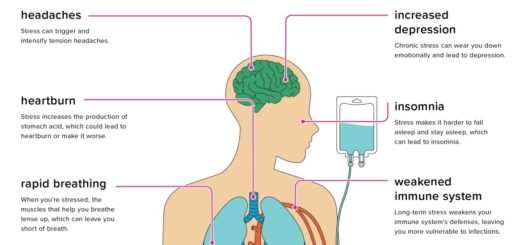

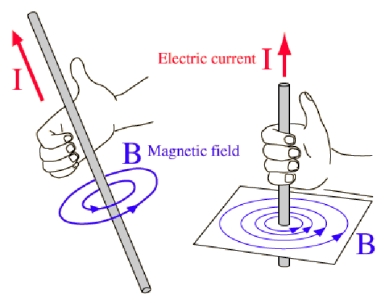
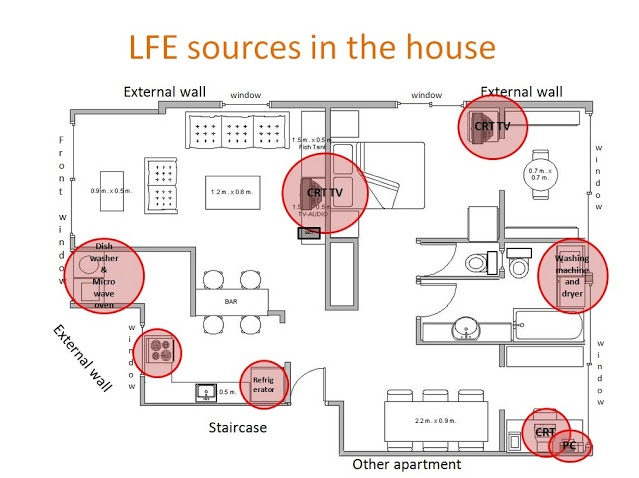
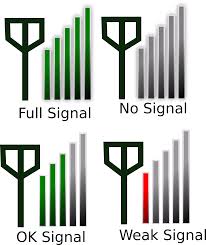

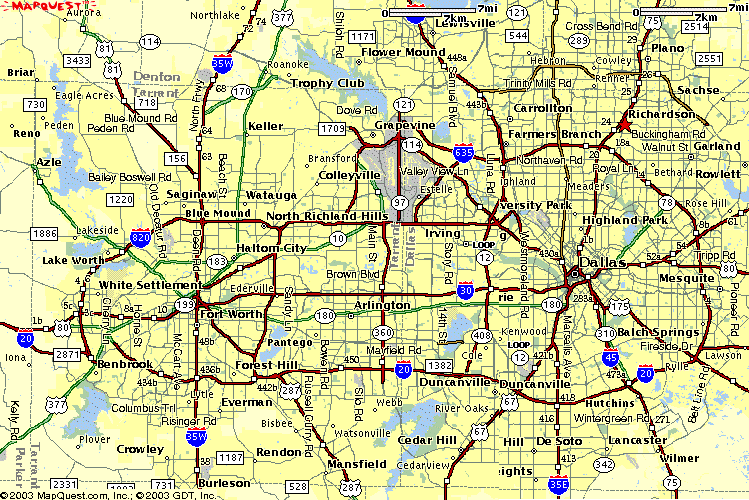

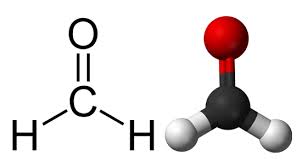

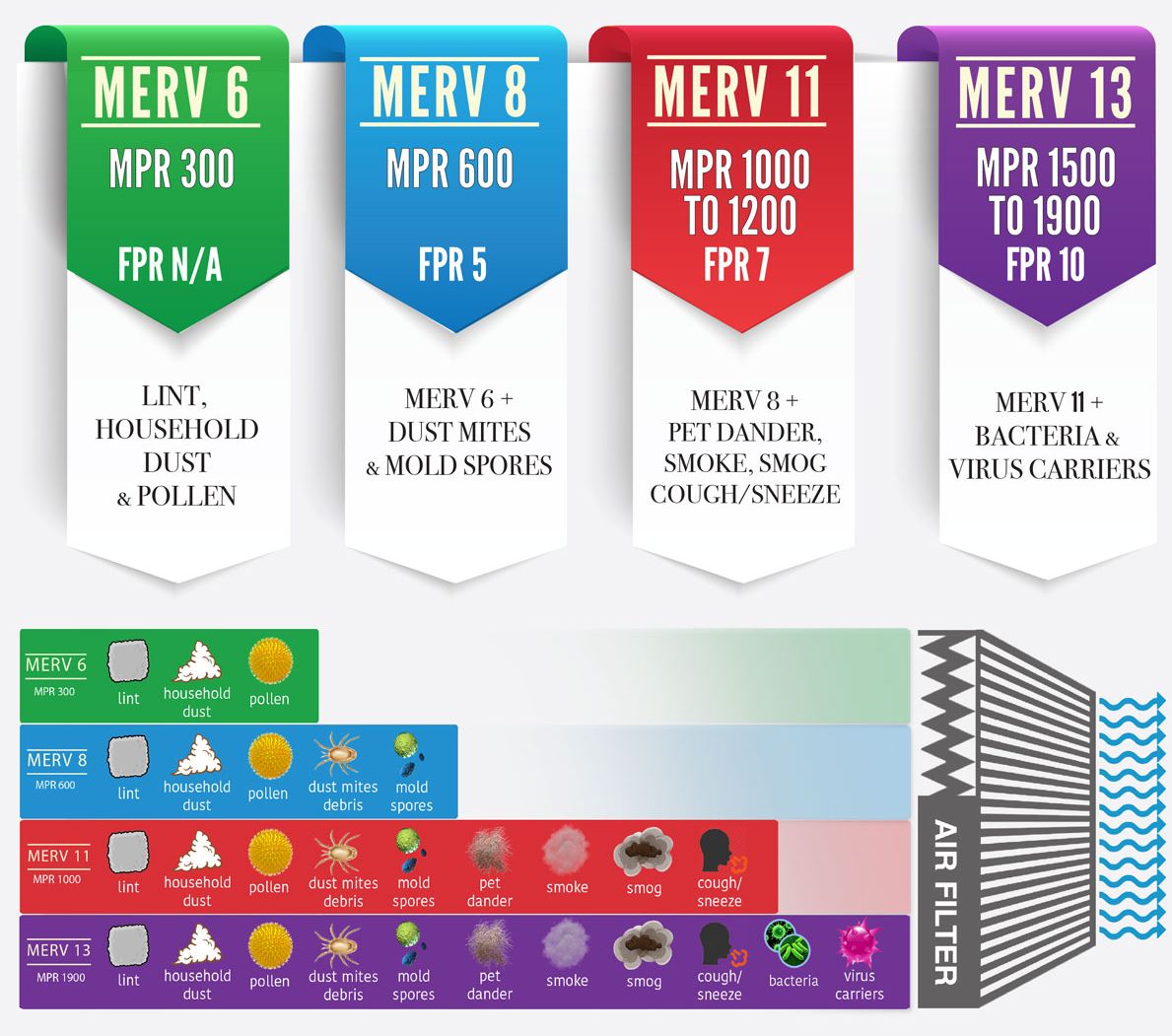
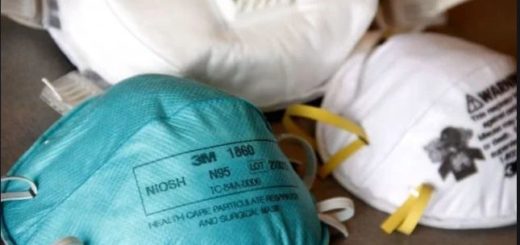
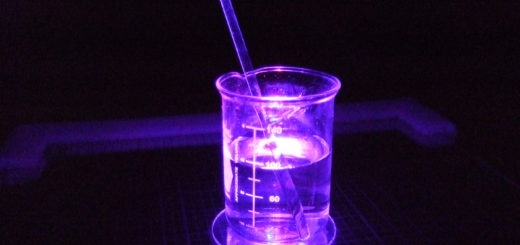
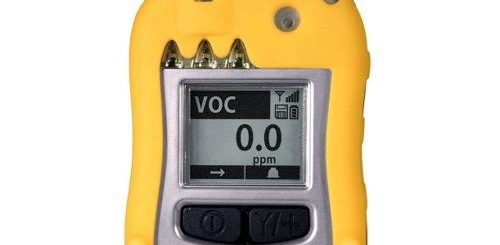
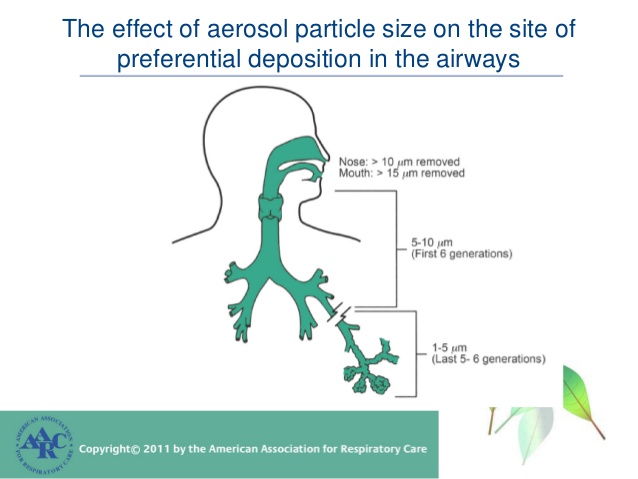
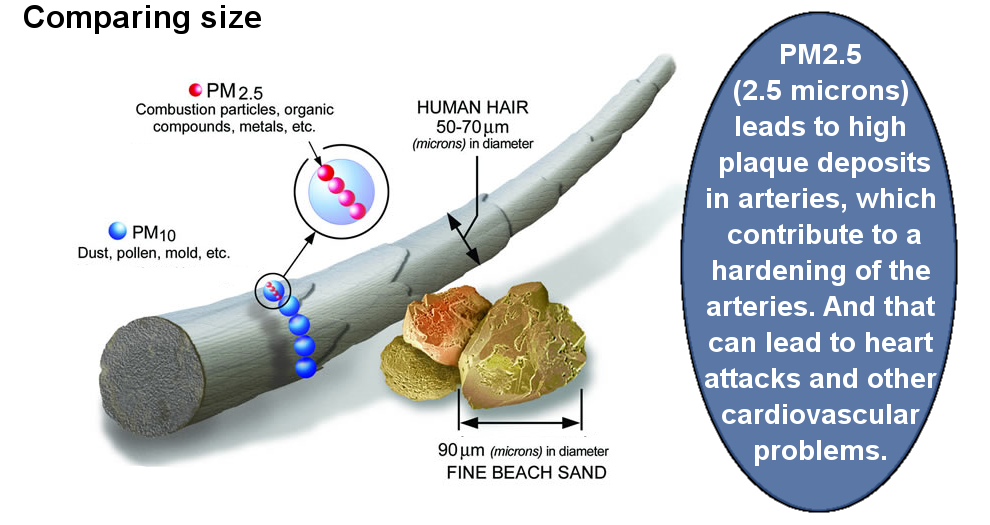
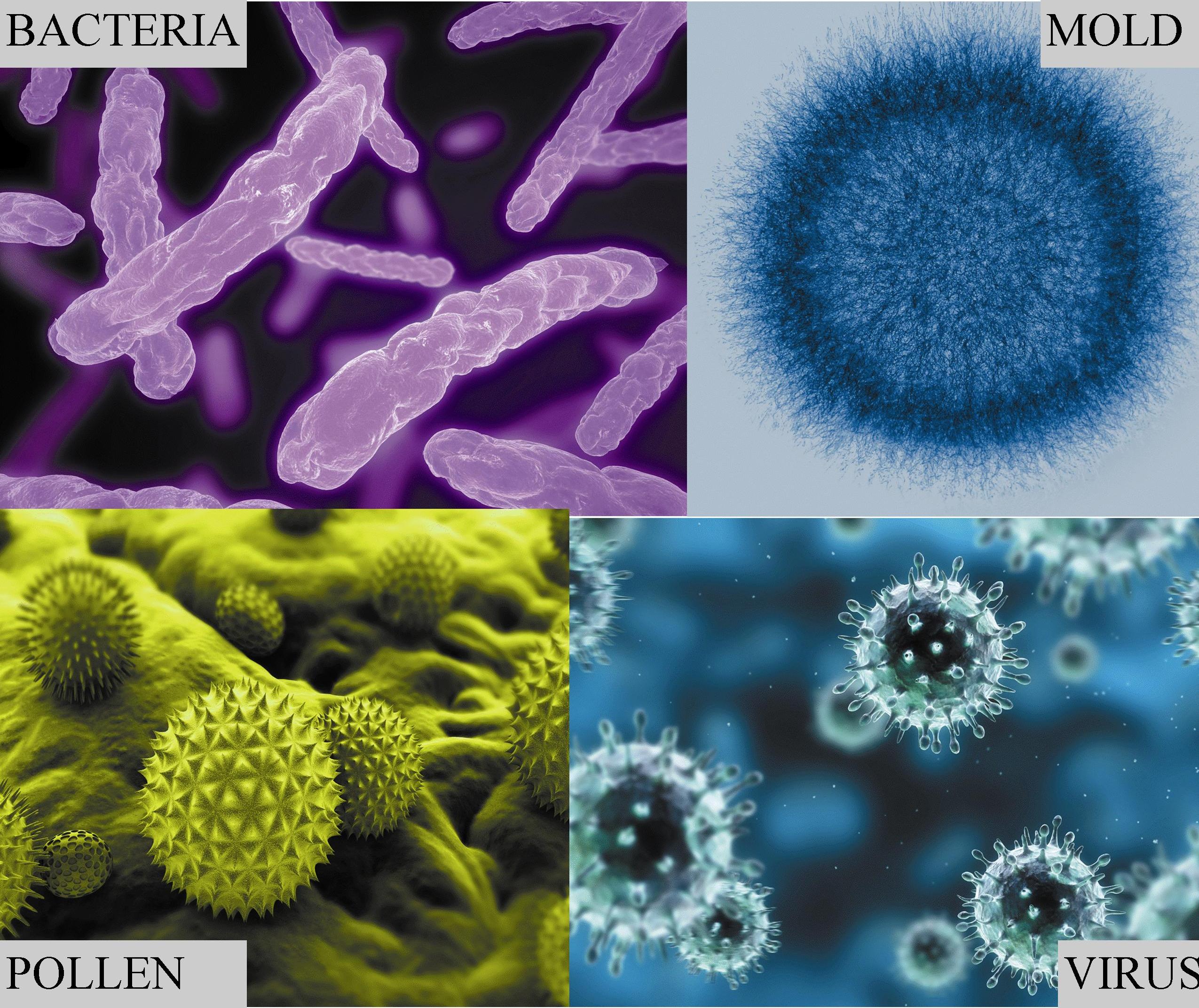
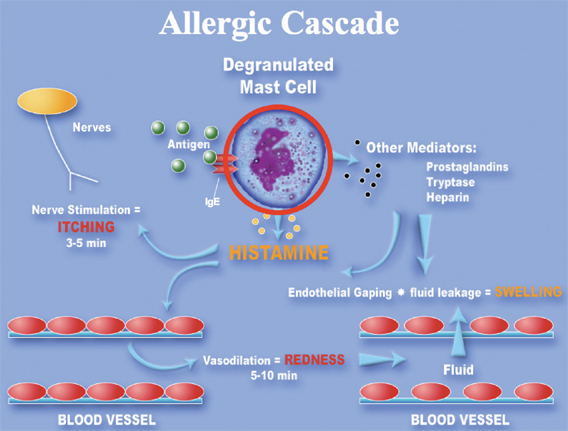
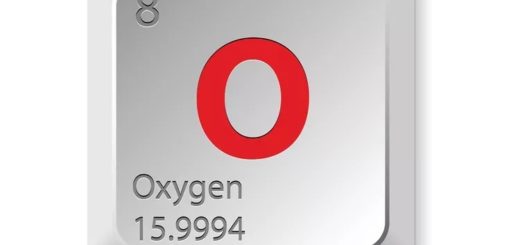
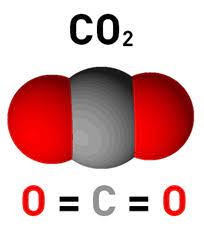
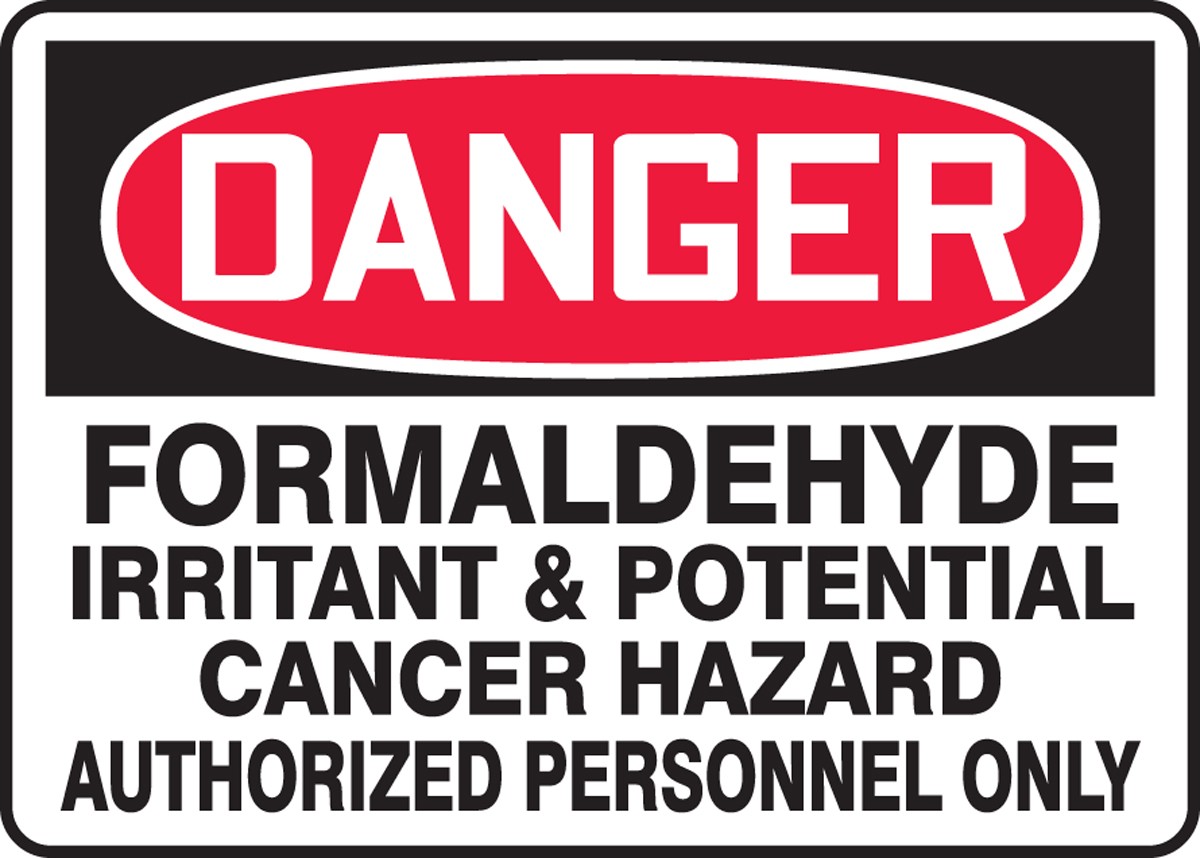

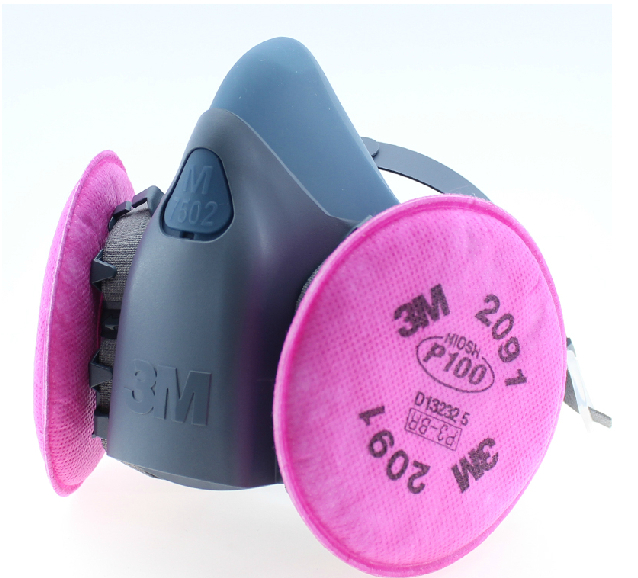
Why does a PDF I found mention 52.5? in a MERV rating chart? Looks like an ANSI/ASHRAE standard but the nearest I can find is 52.2. The document I found says MERV 16 is .30 – 1.0 pm.. Picometers? Cant be, shouldn’t it be µm (micrometer, = 1000 picometer). If it were .30 – 1.0 pm it would stop SARS-CoV-2 virus particles, which are 100 nanometers or 0.1 µm. MERV 20 would be borderline at best, assuming 0.1 pm meant 0.1 µm for MERV 20.
Mr. Harry Powell,
>Why does a PDF I found mention 52.5? in a MERV rating chart?
Without seeing the technical document or context of what you are talking about, I have no idea how to answer this.
Furthermore I no longer offer consulting to residential or homeowners.
JAG of ScanTech